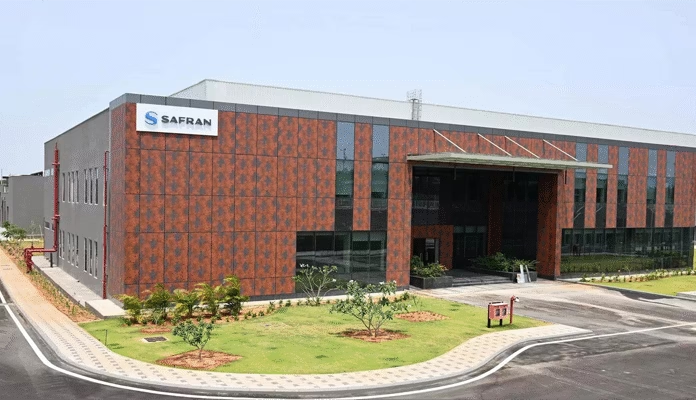Shubhanshu Shukla Returns to Earth After Conducting 7 Indian Scientific Experiments on ISS
Key space experiments to aid India’s Gaganyaan, space station and lunar exploration programmes
Indian Air Force Group Captain and astronaut Shubhanshu Shukla returned safely to Earth today at 3:01 PM IST, marking the successful completion of India’s participation in the Axiom-4 (Ax-4) mission. During his stay aboard the International Space Station (ISS), Shukla conducted seven pathbreaking Indian scientific experiments, developed by leading Indian research institutions, to study the effects of microgravity on biology, food systems, and human health.
These experiments are seen as crucial for India’s upcoming Gaganyaan mission, plans for a space station, and future lunar exploration.
The Seven Indian Experiments Carried Out on ISS:
-
Impact of Space Radiation on Edible Microalgae
Developed by ICGEB and NIPGR under the Department of Biotechnology (DBT), this study examined how edible microalgae respond to microgravity and radiation—offering insights into sustainable space nutrition. -
Sprouting of Salad Seeds in Space
Researchers from the University of Agricultural Sciences and IIT Dharwad tested the germination of salad seeds under microgravity conditions, essential for future space-based farming and astronaut nutrition. -
Survival of Tardigrades in Microgravity
IISc Bengaluru conducted a study on Paramacrobiotus, a hardy tardigrade microorganism, to understand its survival, reproduction, and gene expression in the space environment. Tardigrades are known for enduring extreme temperatures, radiation, and even vacuum. -
Muscle Regeneration Using Metabolic Supplements
The Institute for Stem Cell Science and Regenerative Medicine (inStem), under DBT, examined how muscle recovery is affected by metabolic supplements in microgravity—a key concern for astronaut health on long missions. -
Human Interaction with Electronic Displays in Space
IISc also explored how astronauts interact with electronic interfaces in microgravity. The findings can enhance cockpit design and usability in future crewed spacecraft. -
Growth of Cyanobacteria on Urea and Nitrate
ICGEB’s second experiment studied how cyanobacteria respond to different nitrogen sources (urea and nitrate) in space. These microbes are vital for oxygen production and life support systems in closed space environments. -
Growth and Yield of Indian Food Crop Seeds
A joint effort by IIST (Department of Space) and Kerala Agricultural University tested how Indian crop seeds grow and yield in space, paving the way for long-term extraterrestrial agriculture.
A Proud Milestone for India’s Space Science
Speaking about the mission, Prof. Aloke Kumar of IISc Bengaluru—Shukla’s MTech advisor and head of a lab working on space applications—said:
“This mission is a natural successor to Wing Commander Rakesh Sharma’s 1984 spaceflight. But unlike back then, India is now contributing bold scientific ideas to the global space community.”
He added a note of humility:
“Space is completely unforgiving. These missions are about learning. We must stay humble and committed as we prepare for the Moon, our own space station, and beyond.”
With Shubhanshu Shukla’s safe return, India has not only completed a successful international mission but also gained valuable scientific insights that will power its next generation of space exploration.



